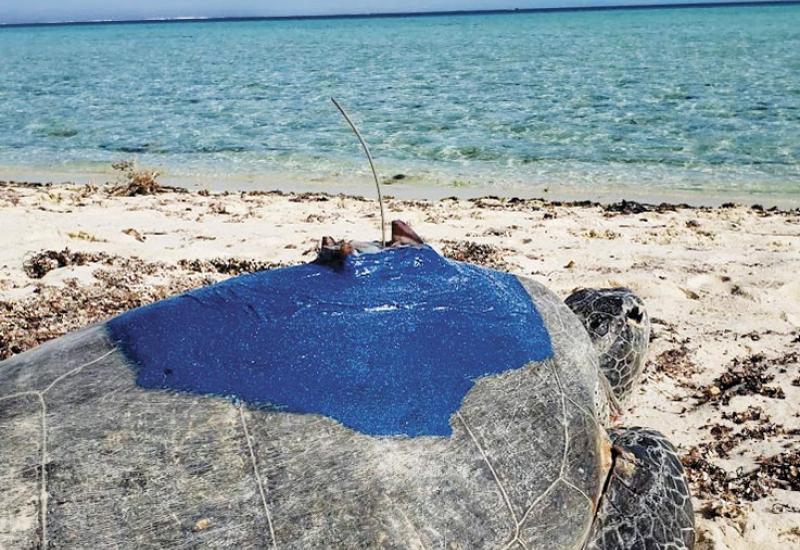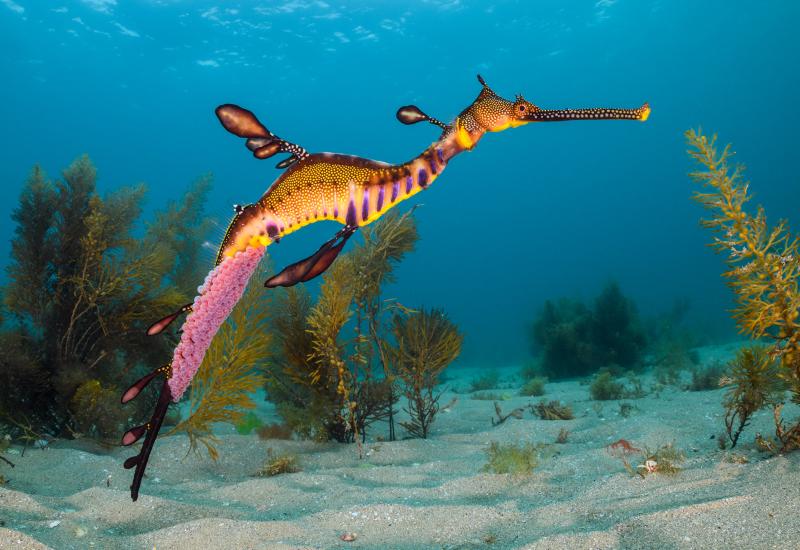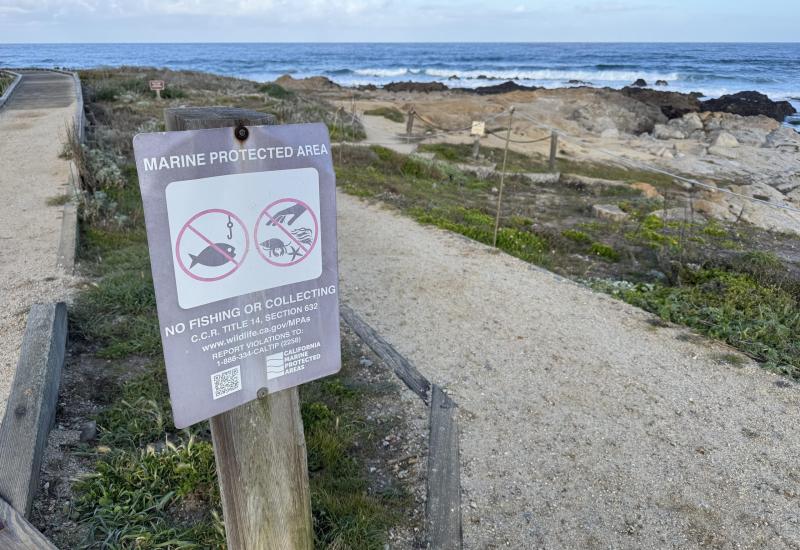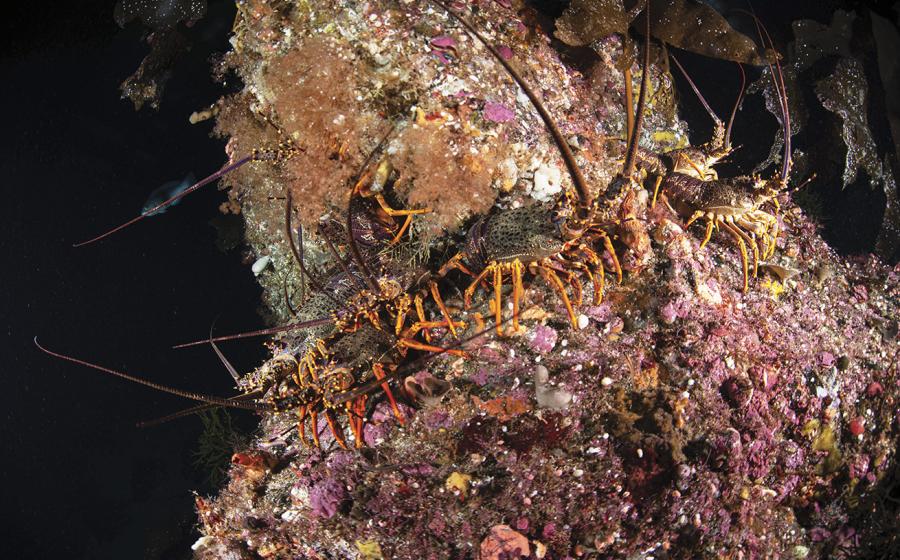Why Do Sea Turtles Return to the Same Beach?
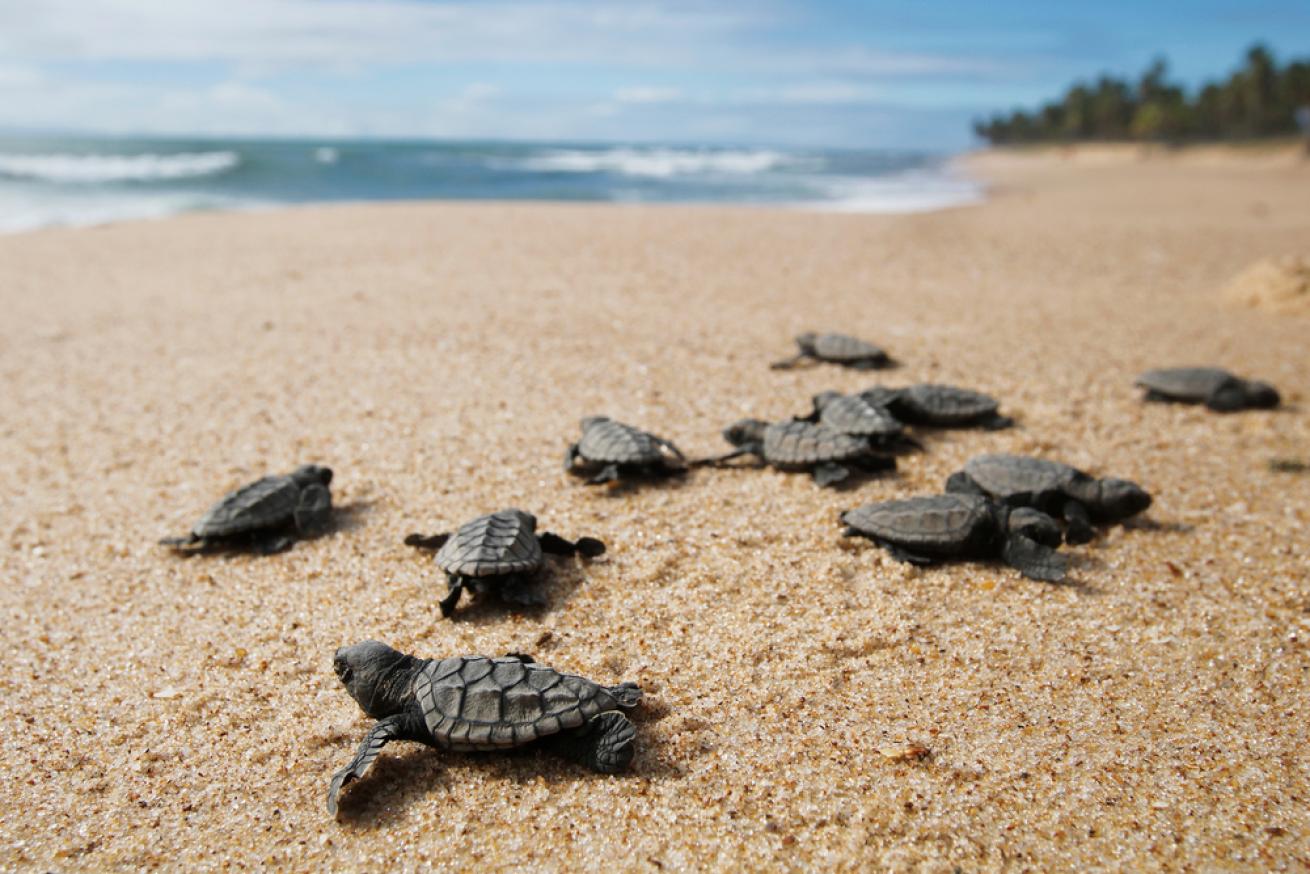
Shutterstock.com/Focus PixRecently hatched sea turtles make their way to the ocean.
Question: Why do sea turtles return to the same beach where they were born?
Answer: This behavior, known as natal homing, allows animals to find a good place to give birth.
When sea turtles hatch on the beach, they make a mad dash from their nests to the ocean, avoiding predators who are hoping to feast on the bounty. After these turtles spend years at sea, once they’re old enough to reproduce themselves, they return to the same beach where they were born to lay eggs. But how do they find their way, and why bother?
This behavior, in which adults return to (approximately, not usually exactly) the same place where they were born is called natal homing and it’s widespread in the animal kingdom. Salmon famously do this, as do some bird species, and many marine fishes have mating aggregations.
From the perspective of the animal, the logic is clear: I know this is a good place to lay eggs that will hatch safely and grow up to be adults, because I hatched here and I grew up to be an adult! Who knows about all those other places? They could be dangerous!
Related Reading: An Unforgettable Dive: So Many Sea Turtles in Panama
This is an evolutionary strategy that has served turtles well…at least until humans came along. A beach that was a great place for baby sea turtles to hatch a few decades ago, however, may be a very dangerous place now.
How do sea turtles manage to locate the beach? The current leading hypothesis is known as “geomagnetic imprinting.” When baby sea turtles are born, they recognize the unique aspects of the Earth’s magnetic field found in the specific area where they were born, and can recognize it when they return. Salmon use a similar process of imprinting but with smell.
This is an important reason to protect sea turtle nesting beaches. If we don’t maintain these habitats, adult sea turtles will keep coming back to lay eggs that won’t survive to adulthood.
Related Reading: Ask a Marine Biologist: Why Are Polar Ocean Animals Giant?
Ask a Marine Biologist is a monthly column where Dr. David Shiffman answers your questions about the underwater world. Topics are chosen from reader-submitted queries as well as data from common internet searches. If you have a question you’d like answered in a future Ask a Marine Biologist column, or if you have a question about the answer given in this column, email Shiffman at [email protected] with subject line “Ask a marine biologist.”

Courtesy David ShiffmanImage of David Shiffman
Dr. David Shiffman is a marine conservation biologist specializing in the ecology and conservation of sharks. An award-winning public science educator, David has spoken to thousands of people around the world about marine biology and conservation and has bylines with the Washington Post, Scientific American, New Scientist, Gizmodo and more. Follow him on @WhySharksMatter on Twitter, Facebook and Instagram, where he’s always happy to answer any questions about sharks.
The views expressed in this article are those of David Shiffman, and not necessarily the views Scuba Diving magazine.

